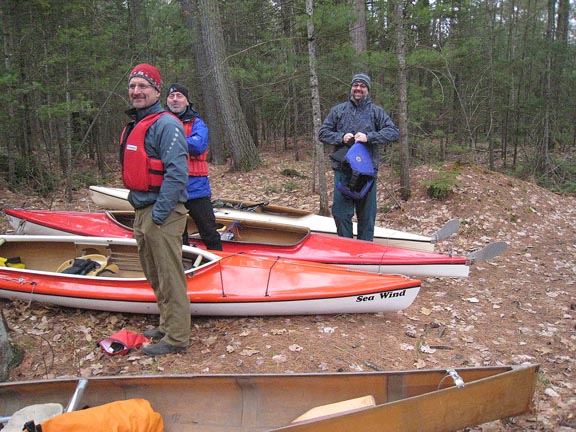The Big Picture
by Ross Signal—-(OYB Lead Offense Coordinator)
Stick a grapefruit at one end of a football field. Put a blueberry at the other. That’s one way to picture the distance between the Sun and Saturn.
On that scale our whole Earth, with all its people, its problems, its wars, mini-malls, and symphony orchestras–it’s just a pin-head on the 12-yard line.
So space is big, huh? Hey, listen, we’ve scarcely gotten warmed up.
The stars you see when you look up at night–you might imagine they’re just a few times further away than Saturn–but no, they’re maybe a million times further away.
I know, your eyes are glazing over, your brain doesn’t do millions. Well, if you shrink things down so that Saturn is just across the room from you, those other stars you see are all off in different cities; different states; different countries.
Now, put a nickel on the table, Monticello facing up. Let’s say that’s the Milky Way Galaxy, the spiral of billions of stars where our sun resides. Put a quarter down a couple of feet away. That’s the distance to the next big spiral, the Great Galaxy in Andromeda. On that scale, more sprinklings of coins, little bits of lint, etc., would exend for miles in every direction.
But all the stars you can see at night, the ones millons of times further away than Saturn, are all within the “O” at the end of “Monticello.”
The universe is an extremely large place.
Astronomers joke about this: They say, “to a high degree of approximation we do not exist.”
This seems like such an astonishing and fundamental fact about our reality that I always wonder why it arouses so little curiosity. Why aren’t people contantly phoning up their religious leaders, getting them out of bed in the middle of the night, demanding to know what God had in mind with such an immense volume?
And how can arrogance and short-sightedness still exist in a world where the single most basic fact about our existence should be a slap in the face, demanding the deepest humility?
I suppose it doesn’t affect people’s day-to-day lives. City lights block out the night sky, so people forget they’re living in space. Not one person in a hundred thinks about it, ever.
Part of the problem, too, is that science pieced together this picture of the universe in little dribs and drabs over the last hundred years (and some major questions are still unanswered today). It’s not like there was one single thunderbolt discovery, with banner headlines in all the newspapers: UNIVERSE STAGGERINGLY LARGE.
Humans were slow to uncover the enormous dimensions of Time, too, over which the universe and earth formed, life evolved, etc. Only lately have we realized that an accurate history of earth would be this: Four billion years of cellular life; three billion years of slime. A mere forty thousand years of human civilization begins to look like a tiny speck…
Except for New Age kooks, people don’t usually like to talk about spirituality; but deep down everyone is looking for looking for some kind of perspective on what our place in the world really is. It seems to me that the place to start is just by knowing the facts. There’s a kind of serenity in that alone.
Somehow Stephen Hawking’s “A Brief History of Time” became a bestseller; so I don’t know, maybe folks really are interested in books on the Big Picture now. (Hawking’s book probably perplexed more people than it helped). Here are a few recommended, mind-stretching books to get you started:
“Big Picture” Books
“Coming of Age in the Milky Way”
(Timothy Ferris, 1988. I’ve been seeing the hardback as a remainder lately–grab one!)
A problem in writing about enormities is that they get numbing after a certain point. Ferris writes about people instead: all the eccentrics and the egomaniacs in the history of science, who nonetheless gradually caused “the awakening of the human species to the spatio-temporal dimensions of the universe.” He’s a spectacular writer, giving enough poetry to a subject that demands it–too many books make cosmology about as exciting as plumbing repair. If you only read one cosmology book, this is the one.
“First Light” (Richard Preston, 1987)
Preston had a huge hit recently with his virus-opera The Hot Zone, but his first book was this novelistic look at a week in the life of some astronomers at the immense Palomar telescope. Another people-oriented book, it includes profiles of the Shoemakers (of Comet Shoemaker-Levy 9 fame) and some other interesting characters; though their eyes the amazingness of the universe comes through even more strongly. OK, it gets a bit McPhee-esque, tending to make everyone sound impossibly interesting, but after reading it I really wanted to chuck everything and become an astronomer.
“Timescale” (Nigel Calder, 1983)
This wonderful book has been out of print for a decade; Margaret finally found me a copy at a used book store. Essentially it’s a history of everything. I’m sure it was a commercial disaster and sank without a ripple, because no one could figure out where to shelve it: Cosmology, Astronomy, Geology, Evolution, Biology, World History… ? Still, it’s the only book I’ve ever seen which can make you really feel the difference between a Million and a Billion years. It’s organized in a nifty graphic timeline, which looks just a tiny bit too much like a high-school textbook. But for a fast refresher (say comparing the 170 million years of dinosaurs to the half-million years of “modern” humans) there’s nothing else like it. See if your library has it.
Powers of Ten
(Philip & Phylis Morrison, Eames Office, 1982) The idea is simple: starting from an atom in a cell in a guy’s arm, your viewpoint keeps stepping back so that each new frame is ten times as wide as the previous one. Forty-one pages later your view takes in the whole universe. Indexed to this are some thumbnail descriptions of the things and processes important at each distance scale. A 150-page glossy book, which somehow never quite has the impact of the brilliant 10-minute film by Charles and Ray Eames it’s based on. But still an eye-opener, kind of the spatial equivalent of Timescale. (My dream project would be to make a CD-ROM combining the two… )





